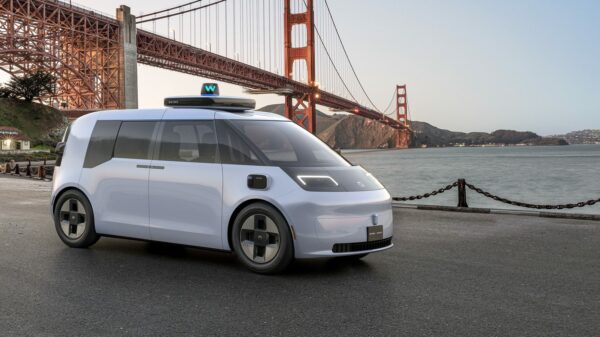
U.S. Approves Rules for Self-Driving Cars without Pedals or Steering Wheels

Photo: Waymo
The National Highway Traffic Safety Administration (NHTSA) unveiled rules for self-driving vehicles on Thursday, officially doing away with requirements for automated vehicles to include certain controls, according to CNBC.
The ruling is the first of its kind, with the NHTSA’s 155-page document detailing the rules and new requirements for automakers and companies deploying autonomous vehicles.
The new rule also emphasizes that manufacturers “must continue to provide the same high levels of occupant protection as current passenger vehicles,” adding that “a manufacturer of ADS-equipped vehicles must continue to apply occupant protection standards to its vehicles even if manual steering controls are not installed in the vehicle.”
Intel-Owned Mobileye Unveils EyeQ Ultra Autonomous Driving Chip https://t.co/l1oImkyS3U
— TeslaNorth.com (@RealTeslaNorth) January 5, 2022
The news comes as several automakers begin unveiling plans for upcoming autonomous vehicle functionality, including Intel, Google, Volkswagen, General Motors, Rivian, and many others alongside Tesla which continues to test its Full Self-Driving beta software.
In a statement, Transportation Secretary Pete Buttigieg said, “Through the 2020s, an important part of USDOT’s safety mission will be to ensure safety standards keep pace with the development of automated driving and driver assistance systems.” Buttigieg continued, “This new rule is an important step, establishing robust safety standards for ADS-equipped vehicles.”
While most current autonomous driving systems only operate at a Level 2 autonomy, which requires driver monitoring, the new bill also paves the way for a shift to Level 3 autonomy, which allows drivers to disengage and stop monitoring for short periods of time.

